SUMMARY
This is AI generated summarization, which may have errors. For context, always refer to the full article.
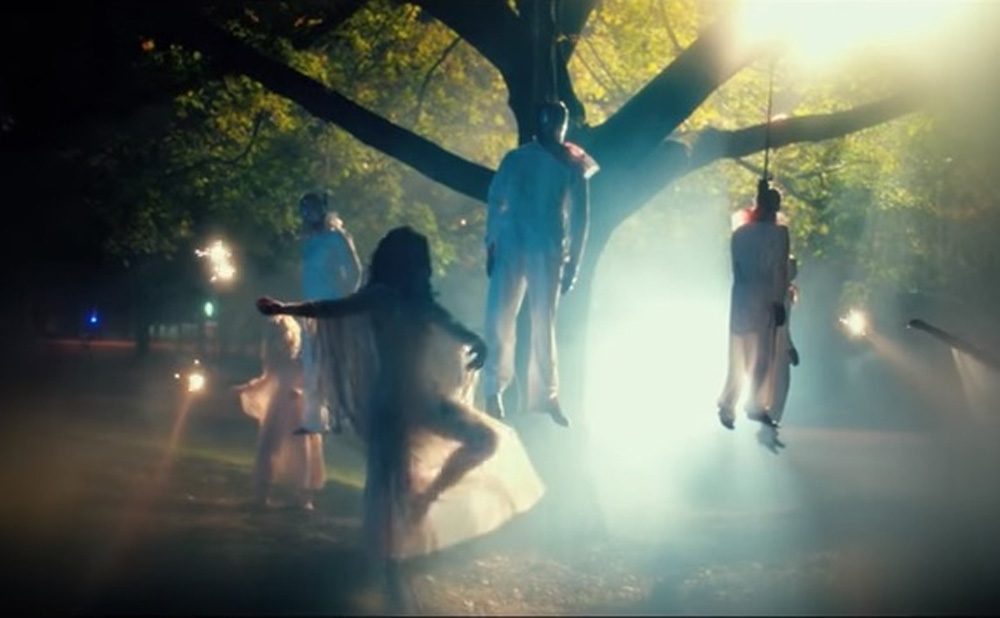
James DeMonaco’s The Purge: Election Year, the third in an ever-growing film franchise about a dystopian future that has America reserve 12 hours annually for legalized criminality, is poised for relevance.
Atrocities in the ‘purge’
Election Year opens with a flashback, with a masked purger torturing a suburban family amidst a playlist that aptly favors atrocities.
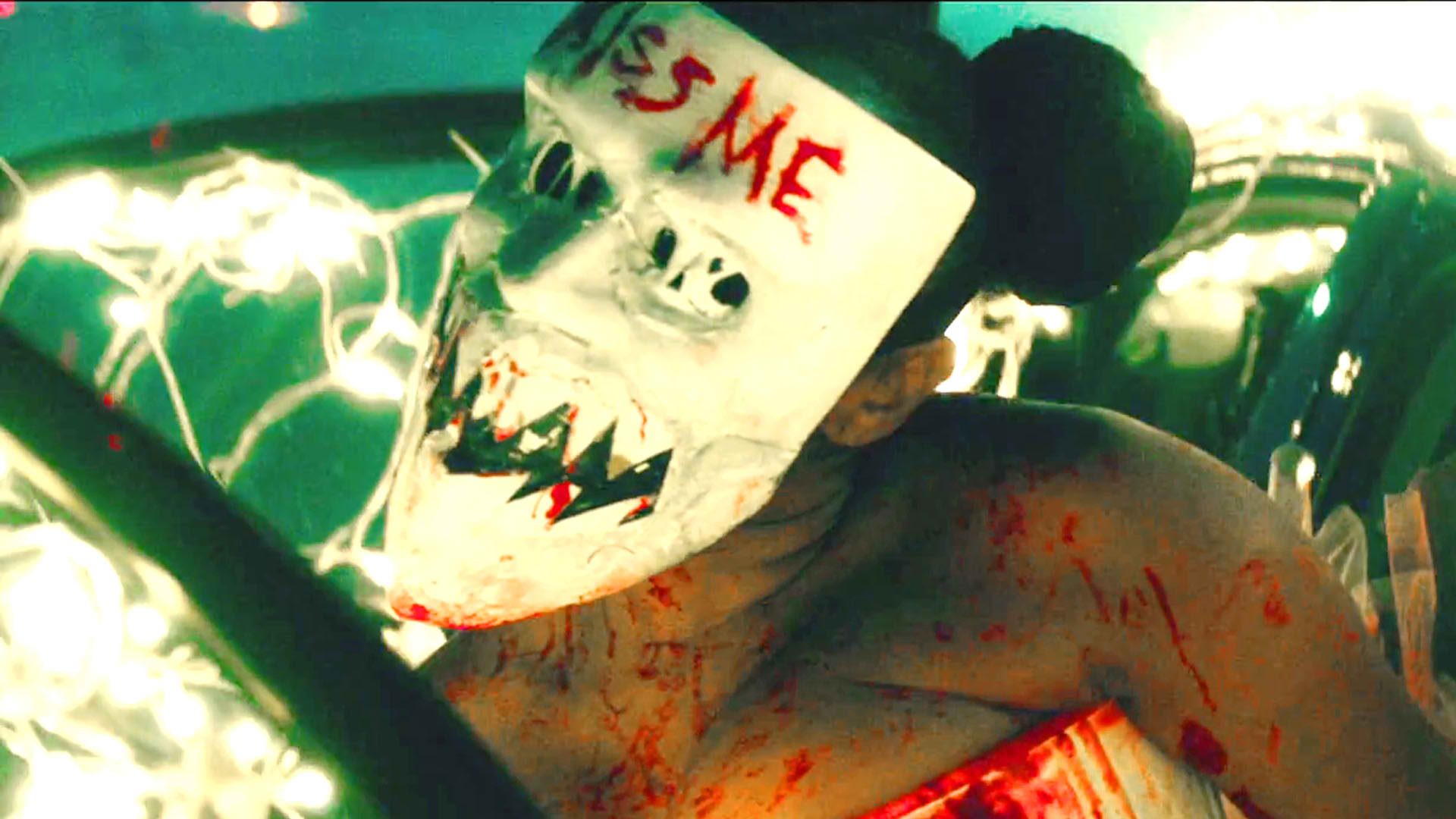
Senator Charlie Roan (Elizabeth Mitchell) is the sole survivor of that purge from several years back and has pledged to end the annual holiday of killing sprees if she gets elected as president. Unfortunately, with the powers-that-be revoking the rule that exempts high-ranking government officials from being the subject of the purge, the good senator needs to survive the night of purging just to be able to make it to election day.
The task of safeguarding the senator lies with Leo Barnes, the anti-hero of The Purge: Anarchy (2014), who later on teams up with a ragtag gang of ordinary citizens headed by deli shop owner Joe (Mykelti Williamson), his immigrant assistant Marcos (Joseph Julian Soria), and paramedic Laney (Betty Gabriel) after a series of unfortunate events that involve treacherous assistants, hired white supremacist mercenaries, and murderous tourists.
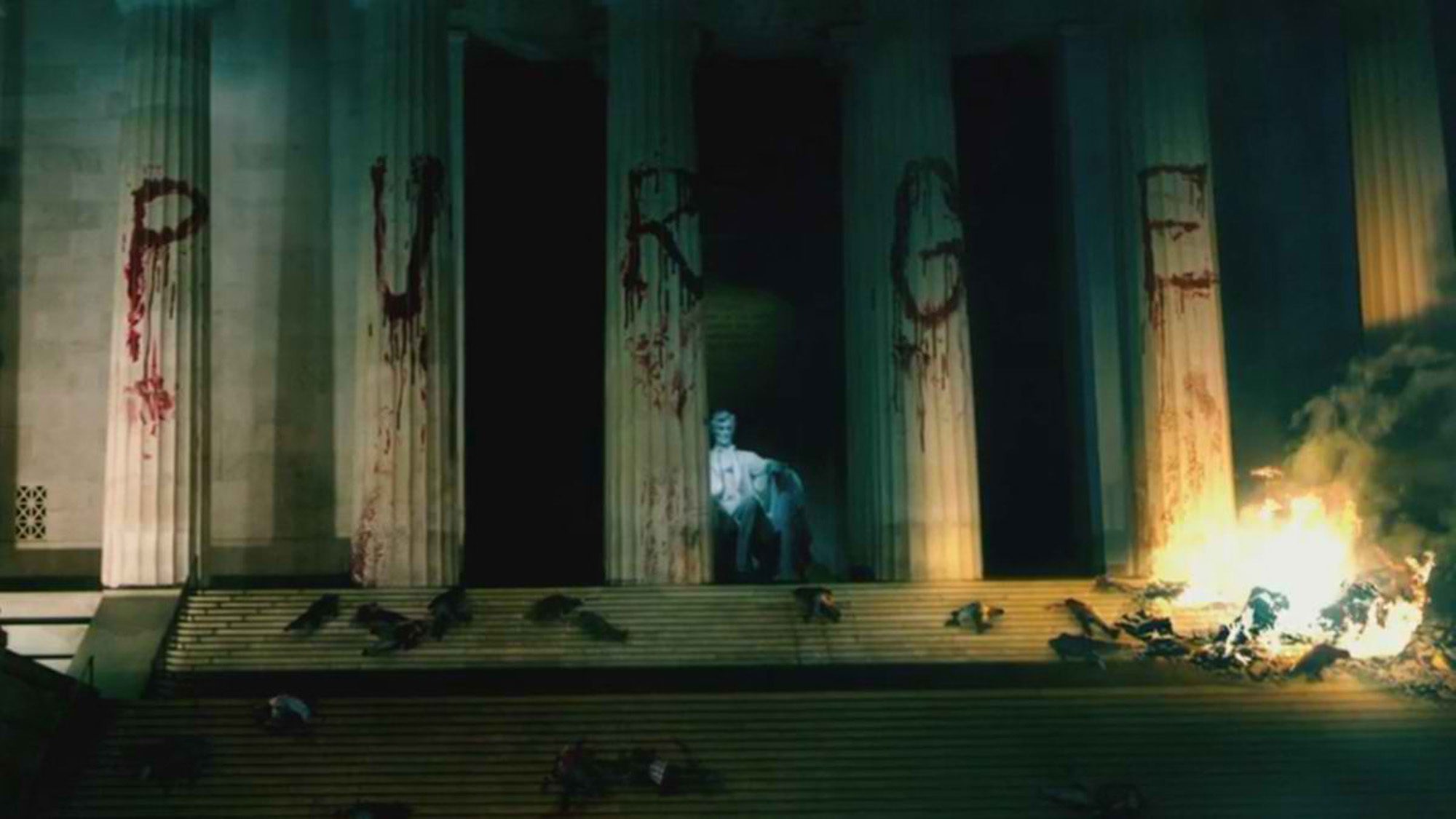
The marginalized and underdogs
The film’s collection of heroes clearly spells out its simplistic affinity. The film skirts away from moral complexities, choosing to associate itself with the challenges of the little people, the marginalized and the underdogs, turning everybody else who are against them into stereotypes of hate and religious extremism.
Its heroes are proclaimed as reformed sinners, but their adventure within Washington D.C. doesn’t provide any opportunities to showcase their malleable souls. There are no dilemmas that provoke their collective conscience. They’re all do-gooders, and everybody around them are nuts whose only contribution to the film is their capacity to inflict harm and be harmed.
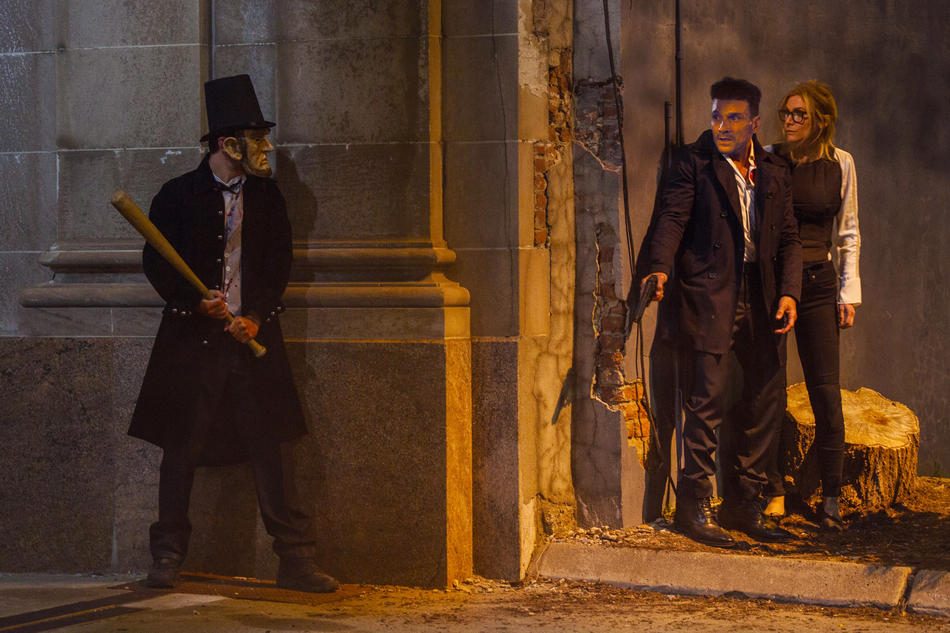
While Election Year also introduces an anti-purge group that advocates similar atrocities that paves the way for some sort of ethical quandary near the film’s climax, it never really delves into the psychology of citizens who become bloodthirsty savages once every year.
The film lacks a real villain, one who would pit traditional goodness with the allure of insitutionalized violence. Instead, the film offers bad guys who are gophers and symbols, whose deaths become anticipated simply because they presumably deserve it. The film’s narrative never really matures into something that is worth its hollow attempts at being a potent social commentary.
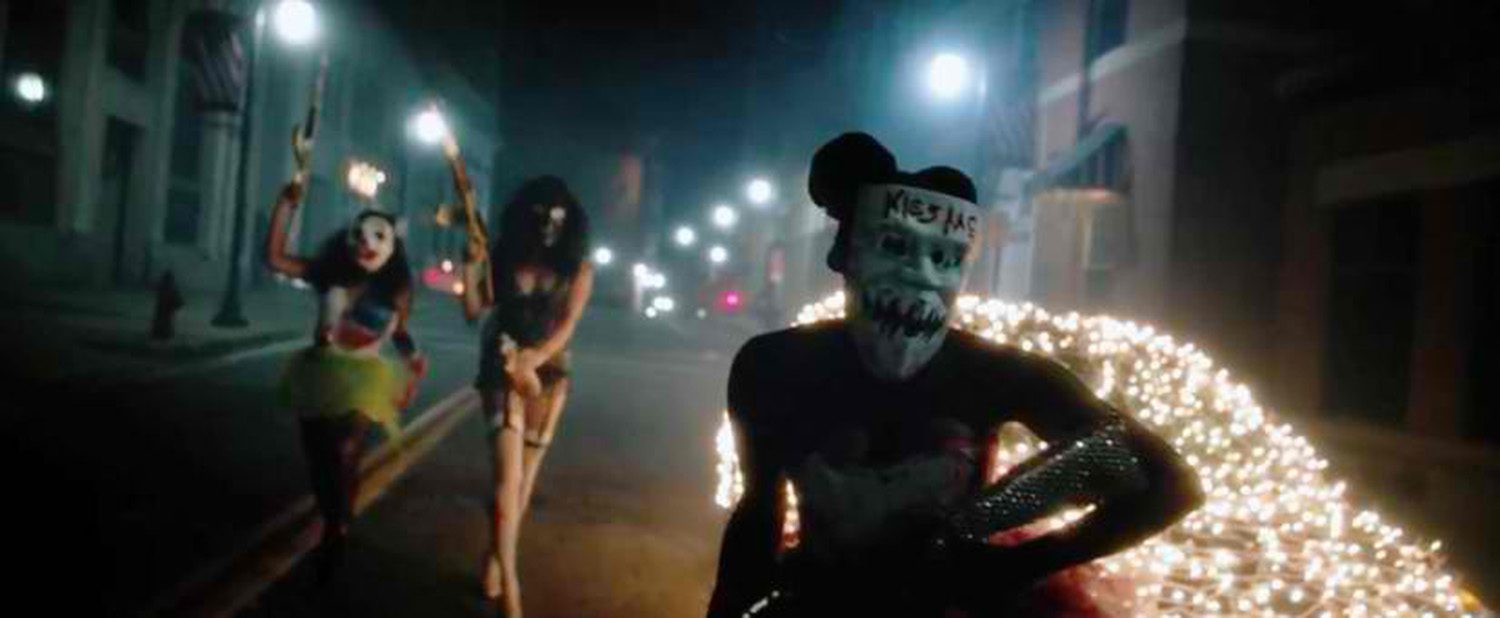
Problematic fun
At the end of the day, Election Year exists because it is strangely entertaining to see human perversions as long as it is kept within the limits of fiction and fantasy. The franchise persists as overtly exploitative.
However, it is its wild ambition of sensationally mirroring present society within its haphazardly portrayed world of very familiar class struggle, racial intolerance, and youthful amorality that counters the very entertainment value of all the mindless violence and other depravities that the film feeds on to propel itself.
The film is flimsy in its attempt at delivering a pertinent message about how its preposterous concept so closely resembles reality precisely because the message is packaged in a gratuitous spectacle of blood and gore. – Rappler.com
 Francis Joseph Cruz litigates for a living and writes about cinema for fun. The first Filipino movie he saw in the theaters was Carlo J. Caparas’ Tirad Pass. Since then, he’s been on a mission to find better memories with Philippine cinema. Profile photo by Fatcat Studios
Francis Joseph Cruz litigates for a living and writes about cinema for fun. The first Filipino movie he saw in the theaters was Carlo J. Caparas’ Tirad Pass. Since then, he’s been on a mission to find better memories with Philippine cinema. Profile photo by Fatcat Studios
Add a comment
How does this make you feel?
There are no comments yet. Add your comment to start the conversation.